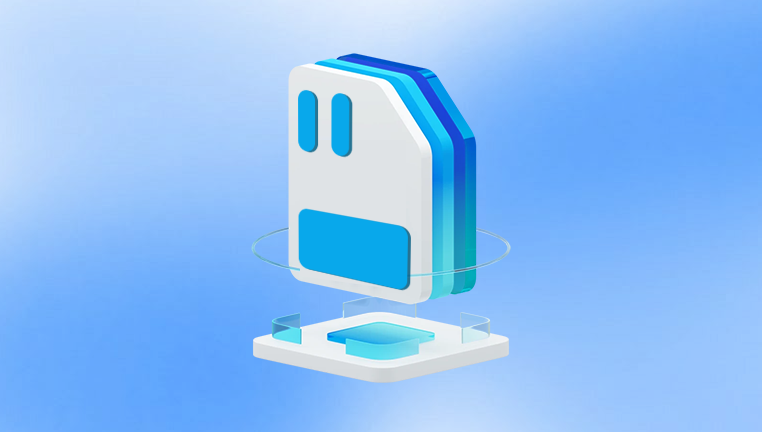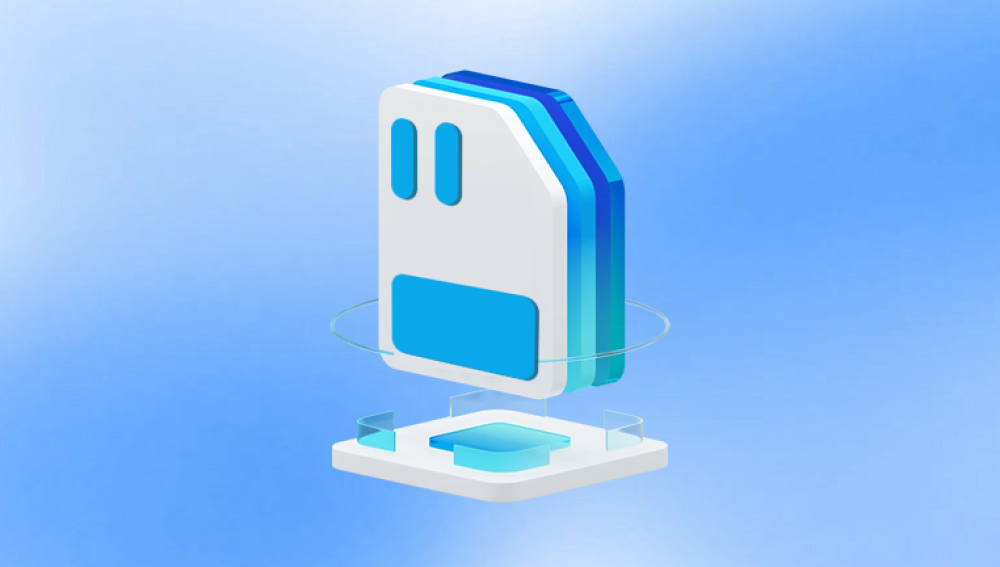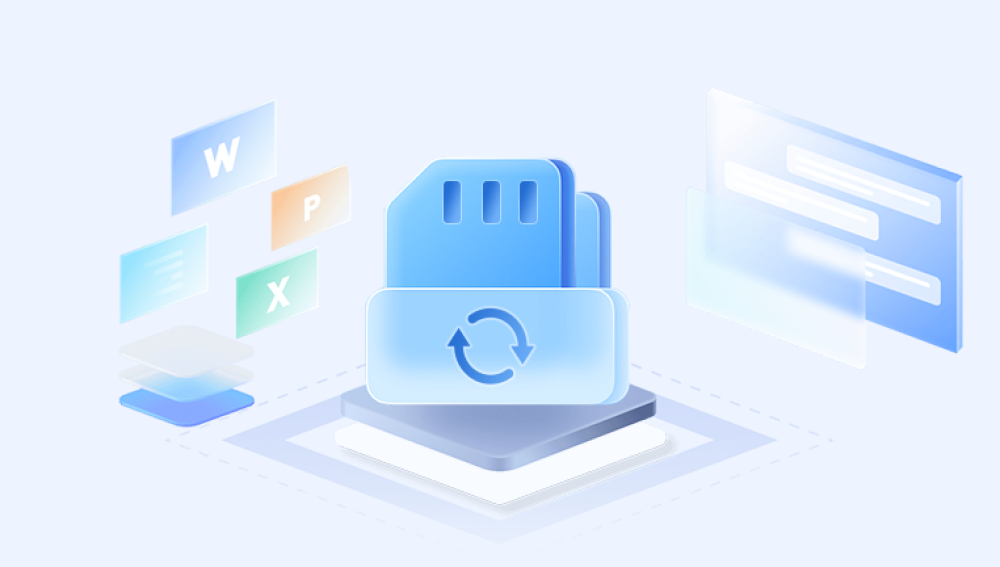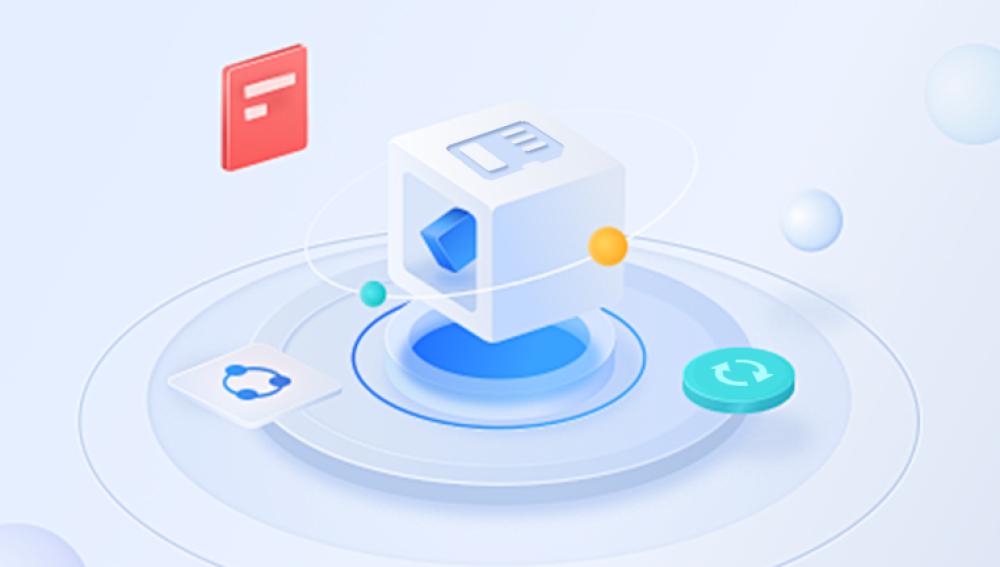Common Causes of SD Card File Loss
Before jumping into the recovery methods, it’s helpful to understand how data loss occurs. Here are the most common reasons:
Accidental Deletion
Files may be unintentionally removed from the SD card by the user.
Formatting Errors
Devices sometimes prompt users to format a card if it encounters a problem, leading to total data loss.

Corruption
Improper ejection, file system errors, or power failures can damage the card’s file structure.
Virus or Malware
Infected devices can delete, hide, or encrypt files on your SD card.
Physical Damage
Exposure to moisture, heat, or physical stress can compromise an SD card’s functionality.
Unsupported File System
A device might not recognize the SD card due to a file system incompatibility, resulting in inaccessible files.
Immediate Steps After Data Loss
Taking the right actions right after noticing data loss can make a huge difference in recovery success.
Stop Using the SD Card
The most important rule is to stop writing new data to the card. Every new file written could overwrite the lost data.
Do Not Format
Even if prompted by your device, do not format the card before attempting recovery.
Eject the Card Properly
Always use the “Safely Remove” feature when removing the SD card to prevent further corruption.
How SD Card Data Recovery Works
SD cards use flash memory to store data. When a file is deleted or the card is formatted, the actual file is not immediately destroyed. Instead, the system marks the space as “available” for new data. Until that space is overwritten, the original file is still recoverable.
Recovery software or professionals can scan these “invisible” files and restore them, provided the sectors haven’t been overwritten.
Method 1: Using Data Recovery Software
Drecov Data Recovery is an advanced data recovery tool built to scan, detect, and restore lost files due to accidental deletion, formatting, virus attacks, file corruption, or logical errors. Whether your SD card became unreadable or you accidentally emptied your recycle bin, Panda’s smart algorithms can dig deep to recover your data.
How Does It Work?
The process is simple and efficient:
Download and Install
Install the Drecov Data Recovery software on your computer. It’s compatible with both Windows and macOS systems.
Connect Your Device
Plug in your SD card or the device from which you want to recover data. The software automatically detects connected storage.
Scan for Lost Files
Choose from a quick scan (for recently deleted files) or a deep scan (for formatted or corrupted drives). Panda will then analyze the device and display recoverable files.
Preview and Recover
You can preview photos, videos, and documents before recovery. This helps you find exactly what you’re looking for. Once selected, simply click “Recover,” and Panda will restore your files to a safe location.
Key Features
Wide File Format Support: Recover images (JPEG, PNG, RAW), videos (MP4. AVI), documents (DOCX, PDF), audio, archives, and more.
Device Compatibility: Works with SD cards, microSD, USB flash drives, SSDs, internal HDDs, and memory sticks.
Deep Scan Mode: Recovers files even after formatting or severe logical corruption.
Safe and Read-Only Process: Your data is never overwritten, ensuring file integrity.
Preview Before Recovery: Know what you’re recovering before committing to it.
Why Choose Drecov Data Recovery?
User-Friendly Interface: Clean design and easy navigation make it perfect for all users, including beginners.
High Success Rate: Built with industry-standard recovery algorithms, Panda recovers files even when other tools fail.
Fast and Efficient: Scans storage quickly while providing detailed results.
Secure and Private: Your files remain on your local device—nothing is uploaded or shared.
When Should You Use It?
Drecov Data Recovery is ideal for situations such as:
Accidentally deleted files from an SD card
Formatted a memory card or USB drive by mistake
Files disappeared after a virus attack
Inaccessible or RAW file systems
Unexpected shutdown or device removal during file transfer
Method 2: Restore from Backups
If you routinely back up your data, restoration becomes significantly easier.
Options:
Cloud Backups: Check Google Drive, Dropbox, or iCloud if auto-sync is enabled.
Local Backups: Search your computer, external drives, or USBs.
Device Backups: Some Android phones back up SD card data via Google Photos or Google One.
Method 3: Check Hidden or Inaccessible Files
Sometimes files aren’t deleted—they’re just hidden.
Windows:
Open File Explorer.
Click the “View” tab.
Check “Hidden items.”
macOS:
Open Finder.
Press Cmd + Shift + . to toggle hidden files.
If files appear, simply copy them to a safe location.
Method 4: Use Windows Command Prompt (CMD)
To recover hidden files:
Press Win + R, type cmd, and hit Enter.
Type the following and press Enter:
bash
CopyEdit
attrib -h -r -s /s /d X:\*.*
Replace X with the SD card’s drive letter.
This command reveals hidden files by changing their attributes.
Method 5: Use Windows File Recovery Tool (Windows 10+)
Microsoft offers a command-line recovery tool for advanced users.
How to Use:
Download Windows File Recovery from the Microsoft Store.
Open the app and run a command like:
bash
CopyEdit
winfr D: E: /extensive /n *.jpg
This will recover JPEG files from SD card D: to location E:.
Method 6: macOS Terminal Recovery
If you’re on a Mac, try using Terminal:
Open Terminal.
Use the diskutil list command to identify your SD card.
Try using fsck or other file system utilities to repair the volume.
For more user-friendly options, Disk Drill and EaseUS work well on macOS.
Method 7: Professional Recovery Services
If DIY tools fail or the card is physically damaged, turn to experts.
Services to Consider:
Ontrack
DriveSavers
Secure Data Recovery
SalvageData
These companies have cleanroom facilities and specialized tools to recover data from physically broken or badly corrupted cards.
Pros:
High success rate for severe cases
Works for physically damaged cards
Cons:
Expensive (often hundreds of dollars)
Takes days to complete
Preventing Future SD Card Data Loss
Once you’ve recovered your files, take steps to avoid data loss in the future.
1. Backup Regularly
Use cloud sync (Google Drive, Dropbox, OneDrive)
Enable automatic backups on your phone or camera
2. Handle with Care
Avoid dropping or bending the card
Keep away from magnets and moisture
3. Use Quality Hardware
Invest in SD cards from reputable brands like SanDisk, Samsung, or Kingston
Use branded and reliable card readers
4. Eject Properly
Always use the “Safely Remove Hardware” option
Don’t pull the card out while files are transferring
5. Format Periodically
Format the SD card within the device that uses it
Avoid formatting on different devices without backup
FAQs
Can I recover files after formatting an SD card?
Yes, if you haven’t written new data, recovery software can often retrieve files from a formatted card.
What if my SD card is not recognized by my computer?
Try another reader or port. If it still fails, consider using disk utilities or professional recovery services.
Are free recovery tools reliable?
Many are. Recuva and PhotoRec are trustworthy, but paid tools often offer better success rates and interfaces.
How long does recovery take?
It depends on card size, damage extent, and scanning method. Scans can range from minutes to several hours.
Final Thoughts
Retrieving lost files from an SD card is entirely feasible with the right tools and knowledge. Whether the loss stems from accidental deletion, corruption, or formatting, you have a wide range of solutions—from recovery software and command-line tools to professional services.
The key is to act quickly, avoid further use of the card, and follow methodical steps. With persistence and the right approach, most SD card data losses are reversible. After recovery, prioritize data safety through regular backups and proper card handling.




